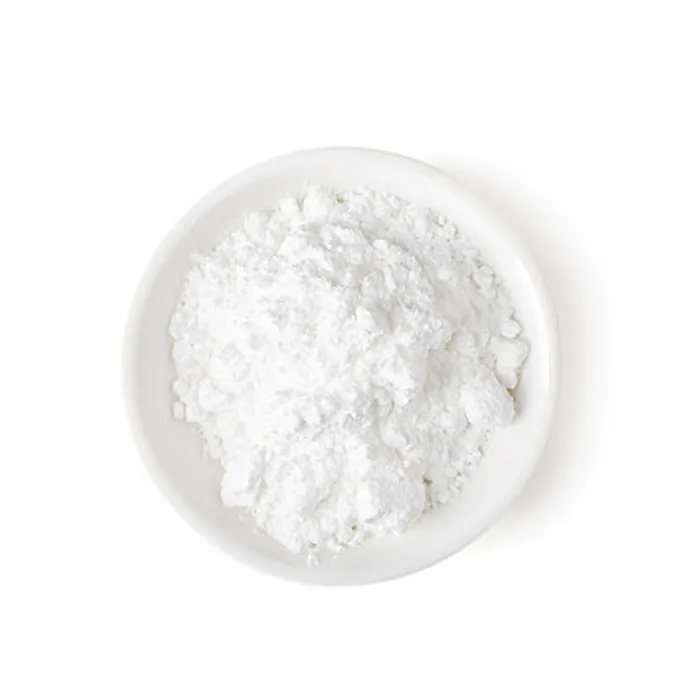Pentoxifylline An Overview of Its Uses and Benefits
Pentoxifylline is a medication primarily used to improve blood flow and treat various medical conditions related to impaired circulation. It is classified as a xanthine derivative and works by decreasing blood viscosity and improving the flexibility of red blood cells, thereby enhancing blood flow to tissues and organs. This article provides an overview of pentoxifylline, its mechanism of action, therapeutic applications, and potential side effects.
Mechanism of Action
Pentoxifylline acts by inhibiting phosphodiesterase, an enzyme involved in the breakdown of cyclic adenosine monophosphate (cAMP). By increasing cAMP levels, pentoxifylline promotes vasodilation—the widening of blood vessels—and enhances the blood flow through the microcirculation. Furthermore, it helps reduce the aggregation of platelets, leading to decreased blood clot formation and better nutrient delivery to tissues.
Therapeutic Applications
One of the primary uses of pentoxifylline is in the treatment of intermittent claudication, a condition characterized by pain and cramping in the legs due to inadequate blood flow during physical activity. By improving circulation, pentoxifylline helps reduce symptoms and increases walking distance for individuals suffering from this condition.
pentoxifylline tab

In addition to intermittent claudication, pentoxifylline is also utilized in the management of chronic wounds, particularly diabetic foot ulcers. The drug’s ability to enhance blood flow can assist in the healing process, making it a valuable treatment option for patients with circulatory issues. Moreover, pentoxifylline has been examined for its potential benefits in conditions such as chronic obstructive pulmonary disease (COPD) and liver diseases, including cirrhosis and hepatitis.
Potential Side Effects
While pentoxifylline is generally well-tolerated, some patients may experience side effects. Common adverse reactions include gastrointestinal disturbances such as nausea, vomiting, and diarrhea. Additionally, patients may report dizziness, headaches, or flushing. In rare cases, more serious side effects can occur, such as a drop in blood pressure or allergic reactions. It is essential for patients to discuss their medical history and any concurrent medications with their healthcare provider to ensure the safe use of pentoxifylline.
Conclusion
Pentoxifylline is a valuable medication that plays a significant role in improving blood flow and treating conditions related to poor circulation. Its ability to enhance microcirculation makes it particularly beneficial for patients with intermittent claudication and chronic wounds. As with any medication, it is crucial for individuals to use pentoxifylline under the guidance of a healthcare professional, who can provide personalized recommendations based on the patient's unique medical needs and potential risks. Overall, pentoxifylline represents an important tool in the therapeutic arsenal for managing circulatory disorders.

